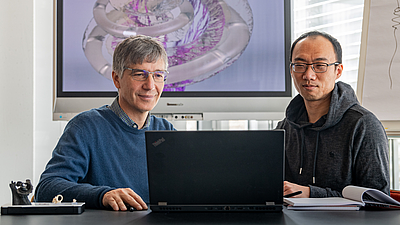
News

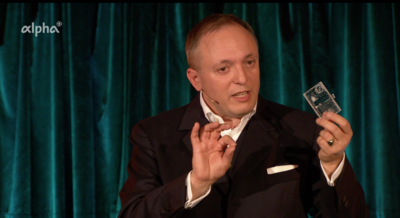
MSB-PI Oliver Hayden in TV Feature „Campus Talks“
Blood – Cellular Biomarkers for Clincial Routine
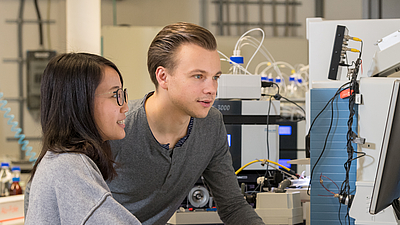
CLINSPECT-M: Clinical mass spectrometry center for molecular brain research
Major project for Munich neurosciences




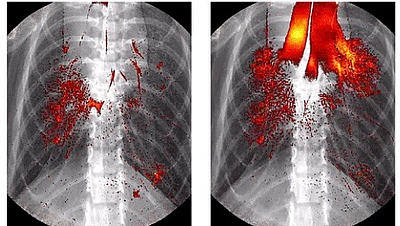
X-rays and fluorescence imaging of the lungs of a mouse enable tracking of drug delivery
Precise monitoring of the lung
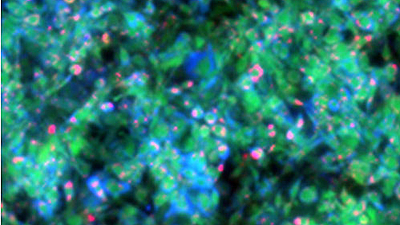
Looking at the good vibes of molecules
A new method for label-free metabolic imaging
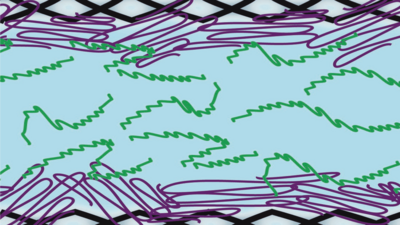
EU supports development of novel implantation techniques for finger joints affected by osteoarthritis
Restoring Mobility to Finger Joints